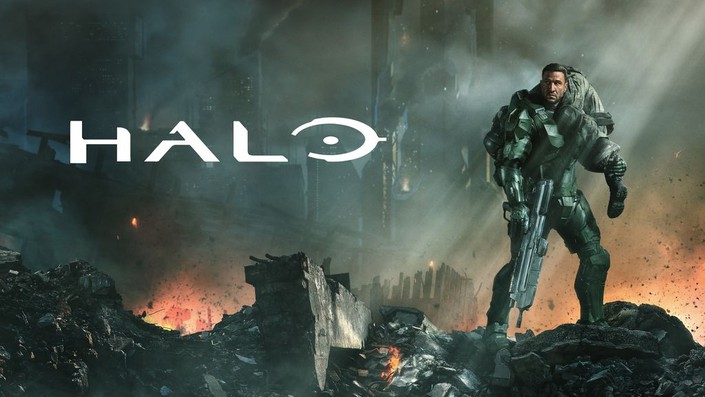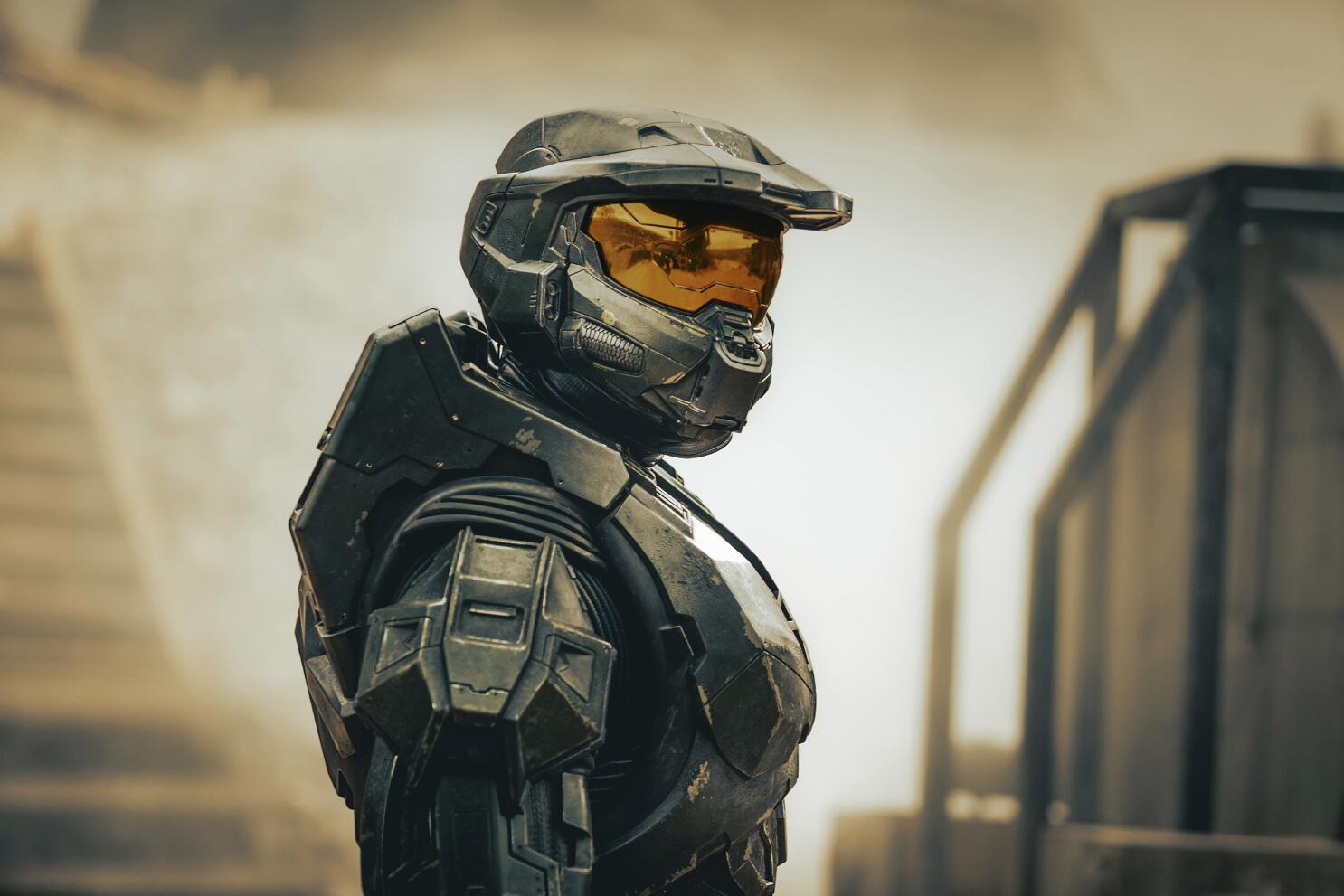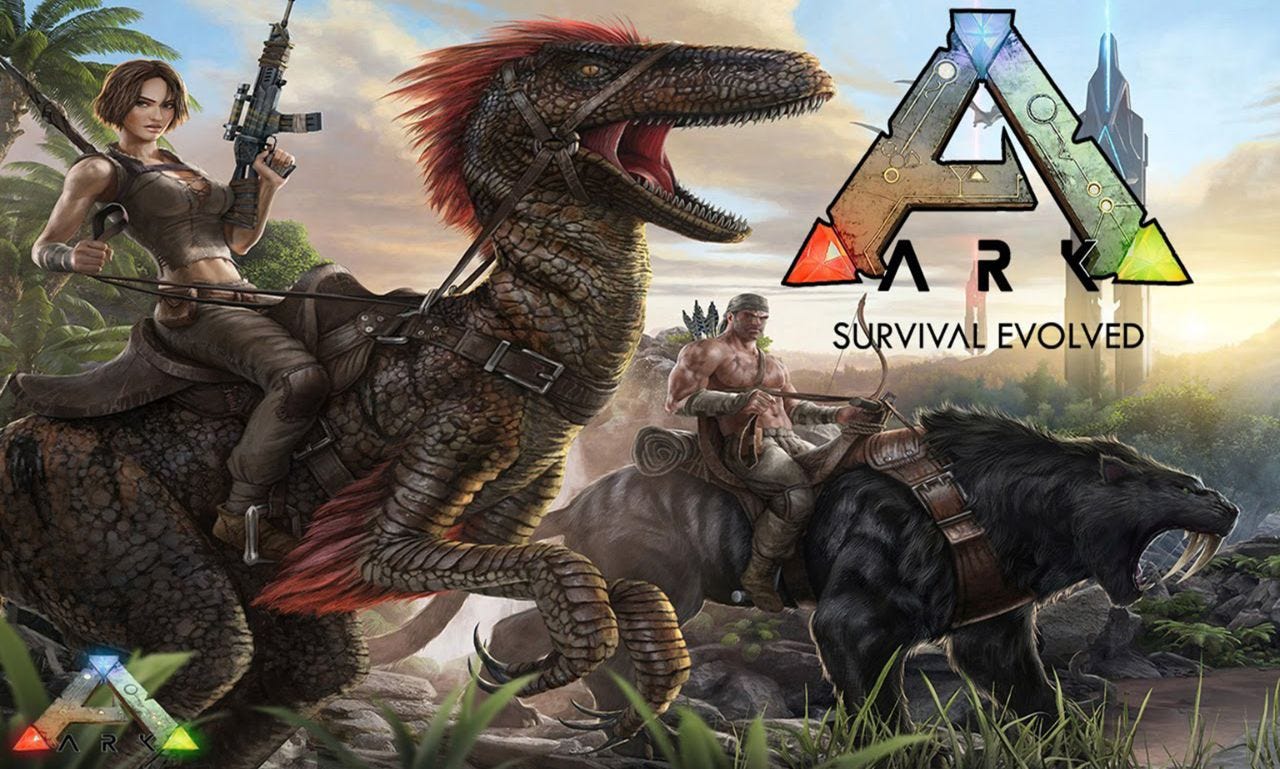Explore the iconic game icons and banners of Halo (2003) Game Icons Banners. Discover how Master Chief’s helmet, Covenant symbols, and other elements shaped the game’s visual identity and legacy.
Introduction
Halo Combat Evolved, released in 2001, revolutionized the first-person shooter genre and set a new standard for game design. As a seminal title in the Halo franchise, its visual identity, including game icons and banners, played a crucial role in establishing its brand and legacy. This post explores the various elements of Halo’s (2003) game icons and banners, analyzing their impact on the game’s success and enduring influence in gaming culture.
Master Chief’s Iconic Helmet
One of the most recognizable symbols associated with Halo (2003) is the helmet of Master Chief Petty Officer John-117. This iconic image is not only a representation of the protagonist but also a symbol of the game’s brand. The helmet’s distinctive green visor and sleek, futuristic design epitomizes the character’s mysterious and heroic nature.
The Master Chief helmet has become a central icon for the Halo series, prominently featured on game covers, promotional materials, and merchandise. Its design reflects the game’s advanced technology and military themes, creating an immediate visual connection to its universe. The helmet’s inclusion in various Halo visuals underscores its role as a central figure in the game’s narrative and marketing strategy.
Covenant Symbols
The Covenant, a central antagonistic faction in Halo, is represented by various symbols that reflect their alien and hierarchical nature. These symbols, often characterized by their angular and intricate designs, are used extensively in the game’s branding and promotional materials.
The Covenant’s emblems, including those of the San’Shyuum and Elites, are featured in-game icons and banners, showcasing the diversity and complexity of the game’s alien races. These symbols serve not only as a visual representation of the Covenant but also as a way to immerse players in the game’s rich lore and faction dynamics. By integrating these symbols into the game’s visuals, Halo creates a deeper connection between players and the game’s expansive universe.

Human Military Pride
The United Nations Space Command (UNSC) emblem is another crucial element in Halo’s (2003) visual identity. This emblem, featuring a shield and an eagle or falcon, represents humanity’s military force within the game. It symbolizes the resilience and strength of the UNSC, contrasting sharply with the alien Covenant forces.
In promotional banners and game icons, the UNSC emblem reinforces the player’s connection to the human side of the conflict. It emphasizes the stakes of the game’s narrative, highlighting the human struggle against overwhelming odds. By featuring the UNSC emblem prominently, Halo underscores the importance of human perseverance and bravery in the face of interstellar threats.
The Energy Sword
With its glowing blade, the Covenant Energy Sword is a distinctive weapon featured prominently in Halo’s multiplayer experience. As an icon, the Energy Sword represents the game’s fast-paced and dynamic combat style. Its inclusion of in-game icons and banners highlights Halo’s gameplay’s intense and strategic nature.
The Energy Sword’s design, characterized by its bright, pulsating blade and alien aesthetics, makes it a memorable and striking symbol. Its use in promotional materials emphasizes the game’s unique weaponry and combat mechanics, attracting players interested in competitive multiplayer experiences. By showcasing the Energy Sword, Halo effectively communicates the excitement and intensity of its gameplay.
The Game’s Central Symbol
The Halo ring, a massive ringworld that gives the game its name, is a central symbol in the Halo franchise. As a visual element in-game icons and banners, the Halo ring represents the game’s expansive universe and intricate lore. Its circular, futuristic design is both visually striking and thematically significant.
In promotional banners, the Halo ring often serves as a backdrop or focal point, emphasizing the scale and grandeur of the game’s setting. Its presence in the game’s visuals reinforces the importance of the Halo ring in the game’s narrative and gameplay. By incorporating the Halo ring into its branding, Halo creates a powerful and memorable image that resonates with players and fans.

Action-Packed Banners
Many of Halo’s (2003) banners feature dynamic and action-packed scenes from the game. These visuals highlight the game’s epic battles, intense firefights, and large-scale conflicts. By showcasing these elements, the banners effectively convey the excitement and drama of Halo’s gameplay.
Using action-packed imagery in promotional materials helps attract and engage players, offering a glimpse into the game’s fast-paced and immersive experience. These banners often depict critical moments from the game, including major battles and character interactions, creating a sense of anticipation and excitement for potential players.
Master Chief and Cortana
Promotional banners often feature Master Chief alongside Cortana, his AI companion. This pairing is central to Halo’s narrative and a powerful symbol of the game’s story and character dynamics. The visual representation of Master Chief and Cortana together highlights their close relationship and their pivotal role in the game’s plot.
By including both characters in promotional materials, Halo emphasizes its story’s emotional and narrative depth. The imagery of Master Chief and Cortana helps to build a connection with players, drawing them into the game’s universe and enhancing their engagement with the game’s characters and storyline.
Expansive Environments
Banners often feature visuals of key locations from the Halo universe, including the Halo ring’s surface and various Covenant ships. These environments are crucial in the game’s setting and contribute to its immersive experience. By showcasing these locations in promotional materials, Halo gives players a sense of the game’s vast and detailed world.
Banners depict game environments, helping to create a sense of scale and wonder, drawing players into the game’s expansive universe. These visuals highlight the game’s impressive graphics and intricate design, enhancing its overall appeal.
Competitive Gameplay
For multiplayer promotions, banners typically showcase dynamic action scenes featuring players using various weapons and vehicles. These visuals highlight the competitive and cooperative aspects of Halo’s multiplayer experience, emphasizing the game’s strategic depth and gameplay variety.
The inclusion of multiplayer action in promotional materials serves to attract players interested in competitive gaming. Halo effectively communicates the excitement and challenge of its multiplayer modes by featuring scenes of intense combat and teamwork.

Iconography and Branding
Using game icons and banners in Halo (2003) played a significant role in building the game’s brand and legacy. These visual elements helped to establish a solid and recognizable identity for the game, contributing to its success and enduring popularity.
Using icons and banners strategically, Halo created a memorable and impactful visual identity that resonated with players and fans. This branding strategy played a crucial role in the game’s success and has continued influencing the franchise’s visual style in subsequent titles.
The Impact of Halo’s Visual Identity
The visual identity of Halo (2003), including its game icons and banners, has had a lasting impact on the gaming industry. The game’s distinctive symbols and imagery have become iconic representations of the franchise, contributing to its continued success and popularity.
By analyzing the impact of Halo’s visual identity, we can gain insight into how game icons and banners contribute to a game’s branding and marketing strategy. The success of Halo demonstrates the importance of creating a solid and recognizable visual identity for a game.
The Evolution of Halo’s Branding
Over the years, Halo has continued to evolve, with its branding and visual identity adapting to new titles and developments in the franchise. The game’s icons and banners have evolved to reflect changes in its narrative and gameplay while maintaining key elements of its original visual style.
The evolution of Halo’s branding highlights the importance of adapting and evolving a game’s visual identity over time. By maintaining a connection to its original icons and banners while incorporating new elements, Halo has successfully navigated changes in the gaming industry and continues to resonate with players.
The Role of Game Icons in Marketing
Game icons play a crucial role in marketing, serving as visual representations of a game’s brand and identity. For Halo (2003), the use of distinctive icons such as the Master Chief’s helmet and the Covenant symbols helped to create a solid and recognizable brand for the game.
The strategic use of game icons in marketing materials helps to establish a game’s identity and attract potential players. By analyzing the role of game icons in marketing, we can gain a deeper understanding of their impact on a game’s success and brand recognition.
The Significance of Banners in Promotion
Banners are a vital component of promotional materials, visually representing a game’s content and features. For Halo (2003), banners featuring action-packed scenes and iconic imagery helped generate excitement and anticipation for the game.
The significance of banners in promotion lies in their ability to convey a game’s key elements and appeal to potential players. By showcasing the game’s exciting gameplay and memorable visuals, Halo effectively used banners to enhance its marketing strategy and attract a broad audience.
The Influence of Halo’s Visual Style
Halo’s visual style (2003) has significantly influenced the gaming industry, setting a new standard for game design and branding. The game’s distinctive icons and banners have become iconic representations of the franchise, shaping its legacy and impact on the industry.
By examining the influence of Halo’s visual style, we can gain insight into how game design and branding contribute to a game’s success and cultural impact. The enduring popularity of Halo highlights the importance of creating a strong and memorable visual identity for a game.

The Future of Halo’s Visual Identity
As Halo continues to evolve, its visual identity will likely adapt to new developments and changes in the franchise. The game’s icons and banners will continue to play a crucial role in shaping its brand and marketing strategy.
The future of Halo’s visual identity will be shaped by the gaming industry’s ongoing changes and the franchise’s continued growth. By staying attuned to these developments, Halo can maintain its strong brand identity and continue to resonate with players and fans.
The Legacy of Halo (2003)
Halo (2003) has left a lasting legacy in the gaming industry. Its iconic game icons and banners played a key role in its success. The game’s visual identity has become a defining element of the franchise, contributing to its continued popularity and influence.
Reflecting on Halo’s legacy (2003), we can appreciate the impact of its visual elements on the game’s success and enduring appeal. The game’s iconic imagery and branding have become an integral part of its cultural significance.
The Role of Icons in Game Design
Game icons play a crucial role in game design, serving as visual representations of a game’s key elements and themes. For Halo (2003), the use of distinctive icons such as the Master Chief’s helmet and the Covenant symbols helped to create a solid and recognizable visual identity.
The role of icons in game design extends beyond branding and marketing, influencing the overall design and presentation of the game. By understanding the significance of game icons, we can gain insight into their impact on a game’s success and design.
The Impact of Visual Identity on Gaming Culture
The visual identity of a game has a profound impact on its place in gaming culture. For Halo (2003) Game Icons Banners, the game’s distinctive icons and banners have become iconic representations of the franchise, shaping its legacy and influence on the industry.
The impact of visual identity on gaming culture highlights the importance of creating a solid and memorable brand for a game. By analyzing the role of Halo’s visual elements, we can gain a deeper understanding of their influence on gaming culture and industry trends.
Conclusion
The visual identity of Halo (2003) Game Icons Banners, including its game icons and banners, has played a crucial role in the franchise’s success and enduring appeal. The game’s distinctive imagery and branding have become iconic representations of the franchise, shaping its legacy and impact on the gaming industry.
By examining the various elements of Halo’s visual identity, we can appreciate the significance of its game icons and banners in shaping the game’s brand and marketing strategy. The enduring popularity of Halo highlights the importance of creating a strong and memorable visual identity for a game.
Read Also: Exploring Netwyman Blogs Networking and Technology Insights




![[noblocc] Kicked for Being AFK](https://insiderwave.co.uk/wp-content/uploads/2024/08/reflect-influence-online-gaming-communit-generative-ai_1169649-122812.jpg)
